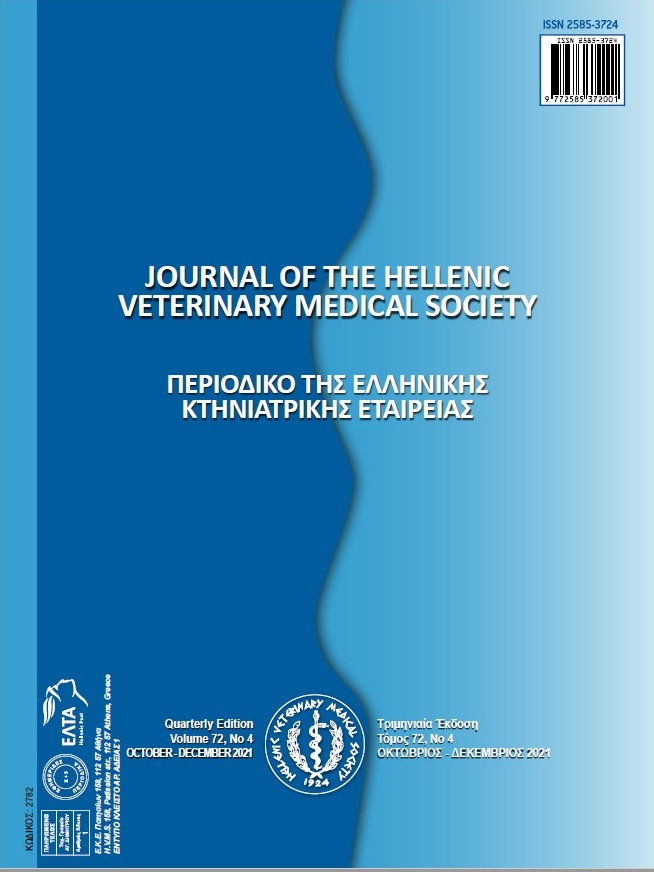The Effect of Curcumin on the Antioxidant System in Diabetic Rats

Abstract
The aim of this study was to determine the effect of oral administration of curcumin, also known as a highly effective antioxidant, which has been used as a spice in experimental diabetic rats with streptozotocin (STZ) on antioxidant system. In this research, 30 healthy adult male Wistar albino rats, were used. The animals were divided into four groups as control group (K), diabetes group (D), curcumin group (C), and diabetes + curcumin group (DC). In order to create diabetes, D and DC groups were administered 60 mg/kg STZ as a single dose by intraperitoneal injection. Curcumin (50 mg/kg live weight/day) was given orally to the C and DC groups. At the end of the experiment, Malondialdehyde (MDA), Superoxidedismutase (SOD), Glutathione (GSH), Catalase, and glucose levels were determined. The MDA level was significantly higher in the D group compared to the other groups. MDA level determined in DC group was found to be significantly lower from group D (p <0.05) while getting closer to groups K and C. It was also found that the levels of antioxidants SOD, GSH and catalase which are known to be effective against oxidative stress, were significantly apparently lower in group D compared to control groups (K and C). Again from the perspective of these parameters, when the data in group DC were evaluated, it was observed that the obtained data were getting closer to K and C or becoming similar. The blood glucose level obtained from the D group was significantly higher than the other groups. As a result, the data obtained from the research shows that curcumin, which is used in experimental diabetes-induced rats for its antioxidative and antidiabetic effects, is very helpful thanks to the positive effect in terms of the parameters followed.
Article Details
- How to Cite
-
SALGINTAŞ, H., DÖNMEZ, N., & ÖZSAN, M. (2022). The Effect of Curcumin on the Antioxidant System in Diabetic Rats. Journal of the Hellenic Veterinary Medical Society, 72(4), 3279–3284. https://doi.org/10.12681/jhvms.29360
- Issue
- Vol. 72 No. 4 (2021)
- Section
- Research Articles

This work is licensed under a Creative Commons Attribution-NonCommercial 4.0 International License.
Authors who publish with this journal agree to the following terms:
· Authors retain copyright and grant the journal right of first publication with the work simultaneously licensed under a Creative Commons Attribution Non-Commercial License that allows others to share the work with an acknowledgement of the work's authorship and initial publication in this journal.
· Authors are able to enter into separate, additional contractual arrangements for the non-exclusive distribution of the journal's published version of the work (e.g. post it to an institutional repository or publish it in a book), with an acknowledgement of its initial publication in this journal.
· Authors are permitted and encouraged to post their work online (preferably in institutional repositories or on their website) prior to and during the submission process, as it can lead to productive exchanges, as well as earlier and greater citation of published work.


